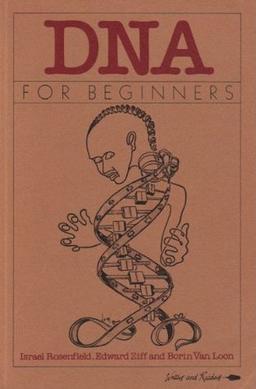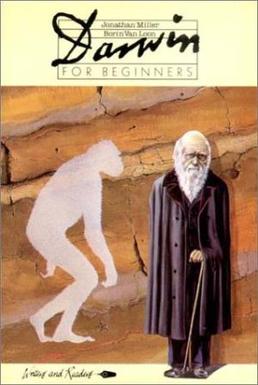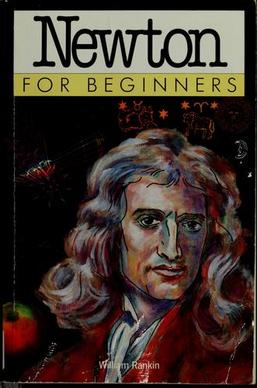Zoology is the scientific study of animals. Its studies include the structure, embryology, classification, habits, and distribution of all animals, both living and extinct, and how they interact with their ecosystems. Zoology is one of the primary branches of biology. The term is derived from Ancient Greek ζῷον, zōion ('animal'), and λόγος, logos.

John Stephen JonesDSc FLSW is a British geneticist and, from 1995 to 1999 as well as from 2008 to June 2010, was Head of the Department of Genetics, Evolution and Environment at University College London. His studies are conducted in the Galton Laboratory.

Genetic variation is the difference in DNA among individuals or the differences between populations among the same species. The multiple sources of genetic variation include mutation and genetic recombination. Mutations are the ultimate sources of genetic variation, but other mechanisms, such as genetic drift, contribute to it, as well.
Genetic genealogy is the use of genealogical DNA tests, i.e., DNA profiling and DNA testing, in combination with traditional genealogical methods, to infer genetic relationships between individuals. This application of genetics came to be used by family historians in the 21st century, as DNA tests became affordable. The tests have been promoted by amateur groups, such as surname study groups or regional genealogical groups, as well as research projects such as the Genographic Project.
Nigel C. Benson is a British author and illustrator.
Oscar Zárate is an Argentine comic book artist and illustrator. Zarate studied architecture and had a successful career in advertising in Argentina. He moved to Europe in 1971 and began to work in earnest as an illustrator. He has drawn for the UK comics magazine Crisis. In the Introducing... and ...For Beginners book series he illustrated texts written by Richard Appignanesi, Alexei Sayle, Dylan Evans, J P McEvoy, Angus Gellatly, Rupert Woodfin and Christopher Marlowe. He is perhaps best known in the United States as the artist for the graphic novel A Small Killing written by Alan Moore, one-shot story about a once idealistic advertising executive haunted by his boyhood self.
Borin Van Loon is a British illustrator and comic book artist, best known for his illustrations for the Introducing... series of graphic books on complex subjects. He is an author, collagist, and surrealist painter, and has worked for a wide variety of clients in editorial, publishing and promotion. He has created an eclectic collage/cartoon mural on the subject of DNA and genetics for the Health Matters Gallery in London's Science Museum.

David John Orrell is a Canadian writer and mathematician. He received his doctorate in mathematics from the University of Oxford. His work in the prediction of complex systems such as the weather, genetics and the economy has been featured in New Scientist, the Financial Times, The Economist, Adbusters, BBC Radio, Russia-1, and CBC TV. He now conducts research and writes in the areas of systems biology and economics, and runs a mathematical consultancy Systems Forecasting. He is the son of theatre historian and English professor John Orrell.

In biology, evolution is the process of change in all forms of life over generations, and evolutionary biology is the study of how evolution occurs. Biological populations evolve through genetic changes that correspond to changes in the organisms' observable traits. Genetic changes include mutations, which are caused by damage or replication errors in organisms' DNA. As the genetic variation of a population drifts randomly over generations, natural selection gradually leads traits to become more or less common based on the relative reproductive success of organisms with those traits.
For Beginners LLC is a publishing company based in Danbury, Connecticut, that publishes the For Beginners graphic nonfiction series of documentary comic books on complex topics, covering an array of subjects on the college level. Meant to appeal to students and "non-readers", as well as people who wish to broaden their knowledge without attending a university, the series has sold more than a million copies.
The Introducing... series is a book series of graphic guides covering key thinkers and topics in philosophy, psychology and science, and many others in politics, religion, cultural studies, linguistics and other areas. Books are written by an expert in the field and illustrated, comic-book style, by a leading graphic artist.

Adam David Rutherford is a British geneticist and science populariser. He was an audio-visual content editor for the journal Nature for a decade, and is a frequent contributor to the newspaper The Guardian. He hosts the BBC Radio 4 programmes Inside Science and The Curious Cases of Rutherford and Fry; has produced several science documentaries; and has published books related to genetics and the origin of life.

Richard Appignanesi is a Canadian writer and editor. He was the originating editor of the internationally successful illustrated For Beginners book series, as well as the author of several of the series' texts. He is a founding publisher and editor of Icon Books. He was founding editor of the Manga Shakespeare series. He is a former executive editor of the journal Third Text, and reviews editor of the policy studies journal Futures.

DNA for Beginners, republished as DNA: A Graphic Guide to the Molecule that Shook the World, is a 1983 graphic study guide to DNA written by Professor Israel Rosenfield from the City University of New York with Professor Edward Ziff from the New York University School of Medicine, and illustrated by Borin Van Loon. The content of the book is about the discovery and importance of DNA, examining the impact of DNA research on society and discussing its significance in history and for the future of life on Earth. The book, according to its authors, "combines humor, scientific depth, and philosophical and historical insights." in the hope that, "it will interest a wide range of readers."

Darwin for Beginners, republished as Introducing Darwin, is a 1982 graphic study guide to Charles Darwin and Evolution written by Dr. Jonathan Miller and illustrated by Borin Van Loon. The volume, according to the publisher's website, "unravels Darwin’s life and his contribution to biology, and traces the path from his scientific predecessors to the later modifications that his own evolutionary theories required."

The Universe for Beginners, republished as Introducing the Universe, is a 1993 graphic study guide to cosmology written by Felix Pirani and illustrated by Christine Roche. The volume, according to the publisher's website, "recounts the revolutions in physics and astronomy," from "Aristotle to Newton," and, "Einstein to Quantum Mechanics," "that underlie the present-day picture of the universe."

Einstein for Beginners, republished as Introducing Einstein, is a 1979 graphic study guide to Albert Einstein and the theory of relativity written by Joseph Schwartz and illustrated by Michael McGuinness.

Introducing Relativity is a 2002 graphic study guide to the theory of relativity and Albert Einstein written by Bruce Bassett and illustrated by Ralph Edney. The volume is, according to the publisher's website, "a superlative, fascinating graphic account of Einstein’s strange world," which, "plots a visually accessible course through the thought experiments that have given shape to contemporary physics."

Newton for Beginners, republished as Introducing Newton, is a 1993 graphic study guide to the Isaac Newton and classical physics written and illustrated by William Rankin. The volume, according to the publisher's website, "explains the extraordinary ideas of a man who [...] single-handedly made enormous advances in mathematics, mechanics and optics," and, "was also a secret heretic, a mystic and an alchemist."

Aspects of genetics including mutation, hybridisation, cloning, genetic engineering, and eugenics have appeared in fiction since the 19th century.













